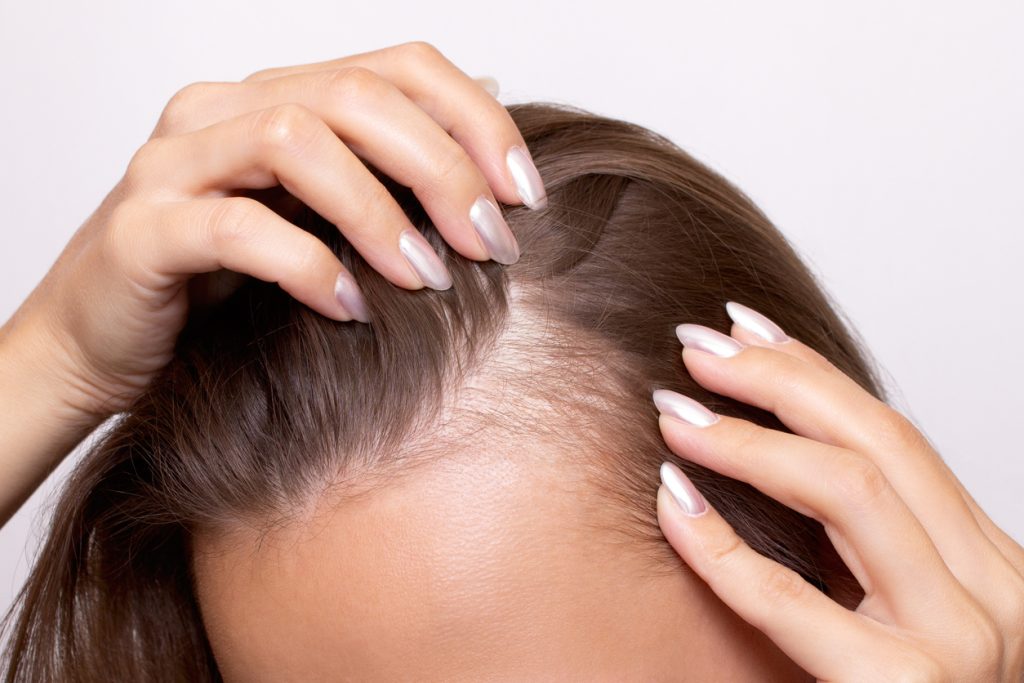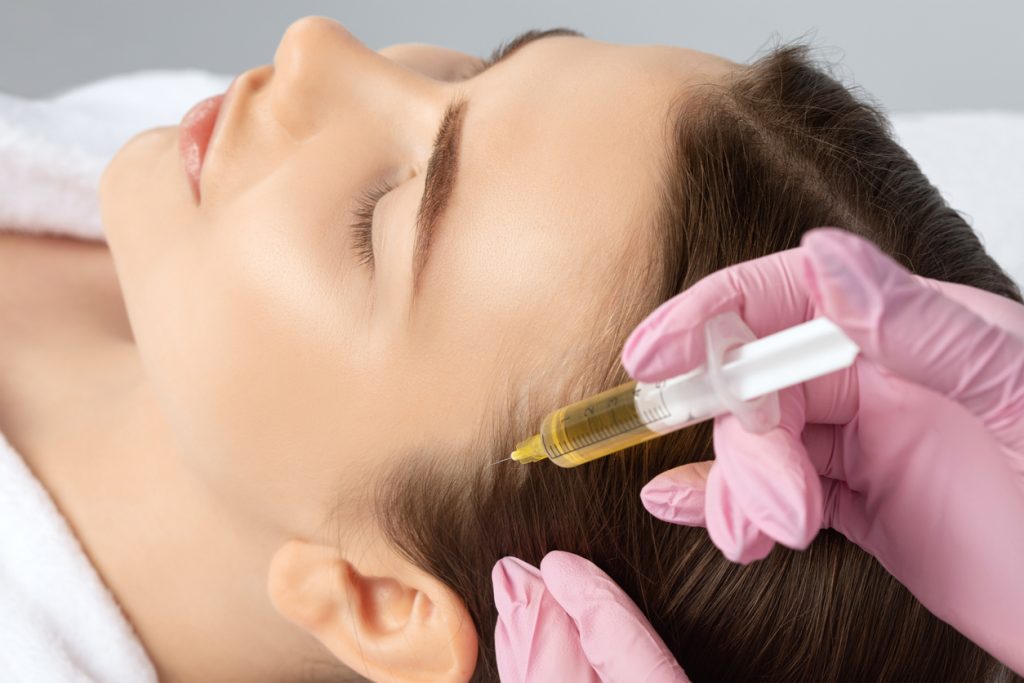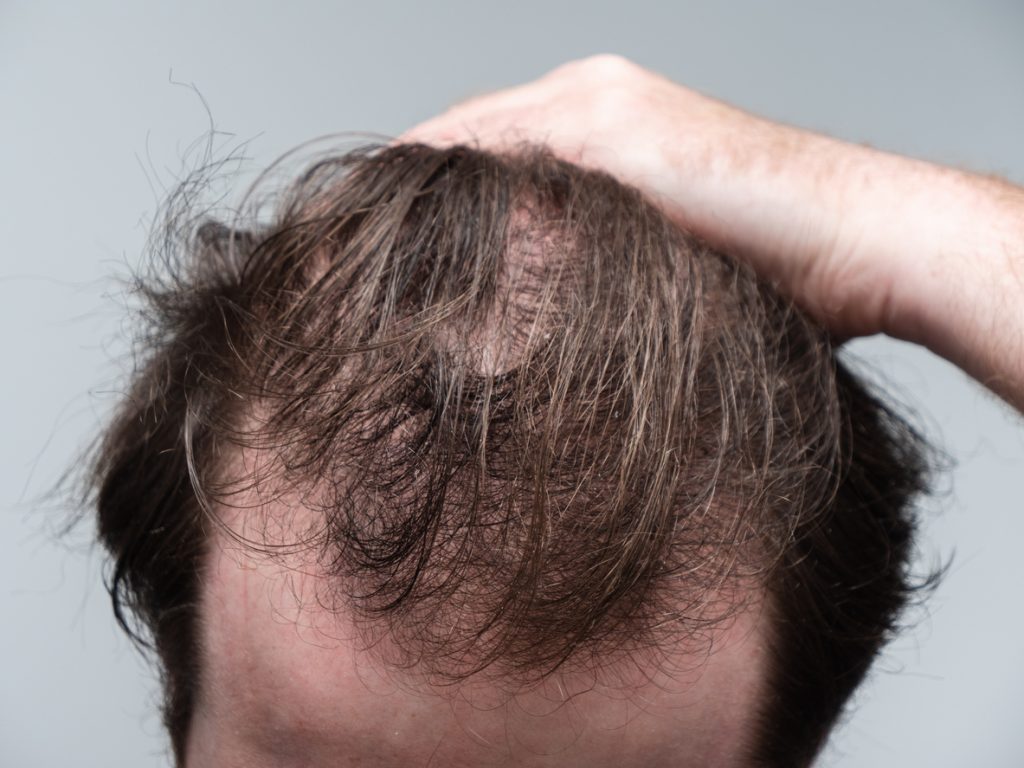Can a Dermatologist Do Anything for Female Hair Loss?
Yes, a dermatologist can help treat hair loss. When you schedule an appointment with a qualified dermatologist, your doctor can help you pinpoint the cause and find the best female hair loss treatment to stimulate hair growth and prevent further breakage. If you’ve noticed hair thinning, here’s everything you need to know before booking your next dermatology appointment.
What is female pattern hair loss?
Female pattern hair loss (FPHL) is a hereditary condition. You may inherit the genes from your mother, father, or both parents. Because many women experience thinning hair and hair loss after menopause, hormones may also play a role. For most women, hair loss begins between 40 and 60 years of age.
Although many think that hair loss only affects men, over 50 percent of women experience noticeable hair loss. FPHL is progressive, meaning most women experience gradual hair thinning. Hair typically starts thinning on the top and crown of the scalp, starting with a widening through the center part. Over time, you might notice hair receding near your temples. Further, some women may experience widespread hair loss without the right treatment.

How do I know if I have female pattern hair loss?
If you notice hair thinning or think you might have FPHL, it’s best to schedule an appointment with a dermatologist. Although it is the most common cause, your dermatologist can help you rule out any underlying conditions contributing to your hair loss, such as oral contraceptives. In addition, each cause requires different treatments to prevent further thinning.
How do dermatologists treat female hair loss?
Female hair loss treatment can help women minimize further breakage and help women regrow their hair. There are several treatment options, including:
- Platelet rich plasma (PRP) therapy: PRP for hair loss is an innovative procedure that helps patients regrow thinning hair. With PRP therapy, your dermatologist will inject a small amount of concentrated blood into targeted areas to accelerate your body’s natural healing abilities.
- Topical therapy: Your dermatologist may prescribe an over-the-counter topical solution, such as Rogaine, to stimulate hair growth. Your dermatologist can also prescribe prescription-strength topical treatments such as minoxidil if needed. Topical solutions are applied to the scalp and are typically recommended for long-term use.
- Oral prescriptions: Your dermatologist may prescribe prescription medication to help you regrow hair and prevent FPHL from worsening. For example, your dermatologist may prescribe spironolactone, finasteride, or dutasteride. Most prescription medications take 6–12 months to show noticeable improvements.
- Medical-grade vitamins: Your dermatologist may recommend potent medical-grade vitamins such as Nutrafol, which is available for purchase in our office, to support new hair growth and slow down the progression of hair loss.

Enjoy innovative and compassionate skincare
With over 65 years of combined experience practicing dermatology, our friendly team at Dallas Derma Partners can help restore your confidence with innovative treatments for female hair loss. Schedule a Dallas Dermatology appointment today to explore your options.
Can a Dermatologist Do Anything for Female Hair Loss? Read More »

